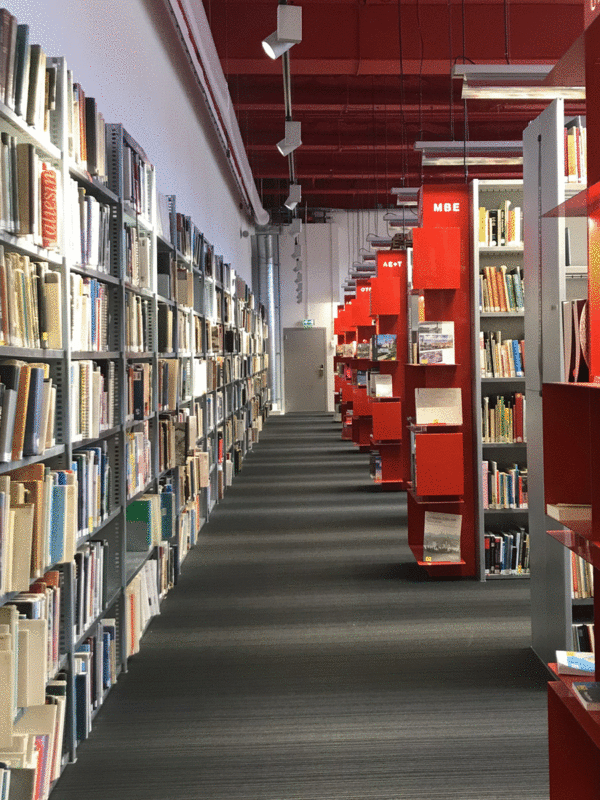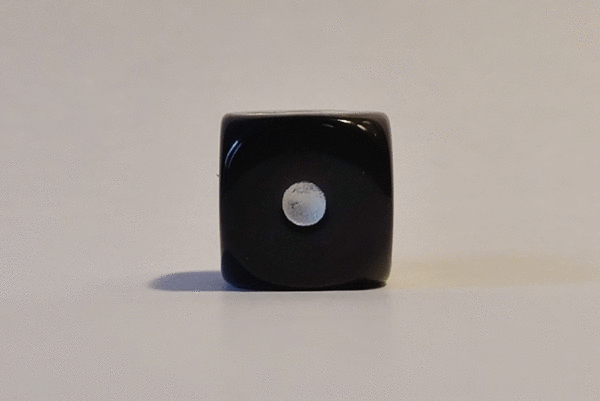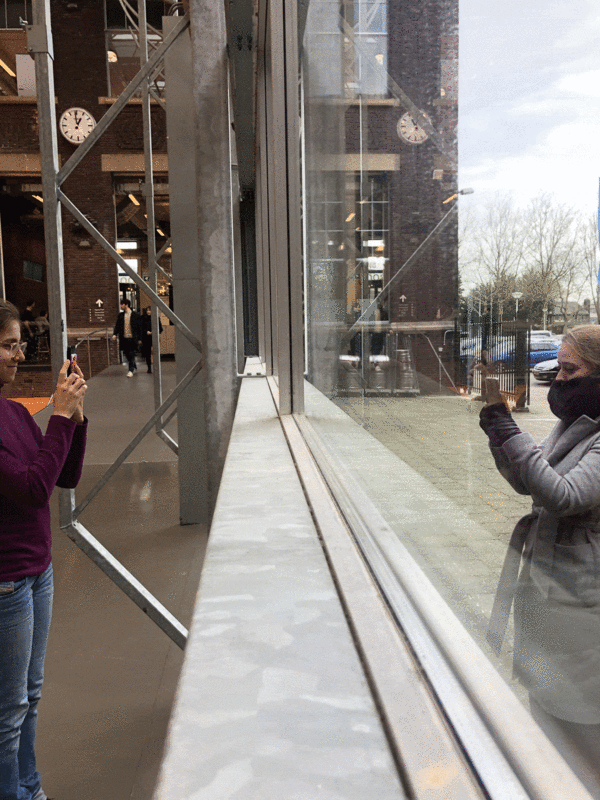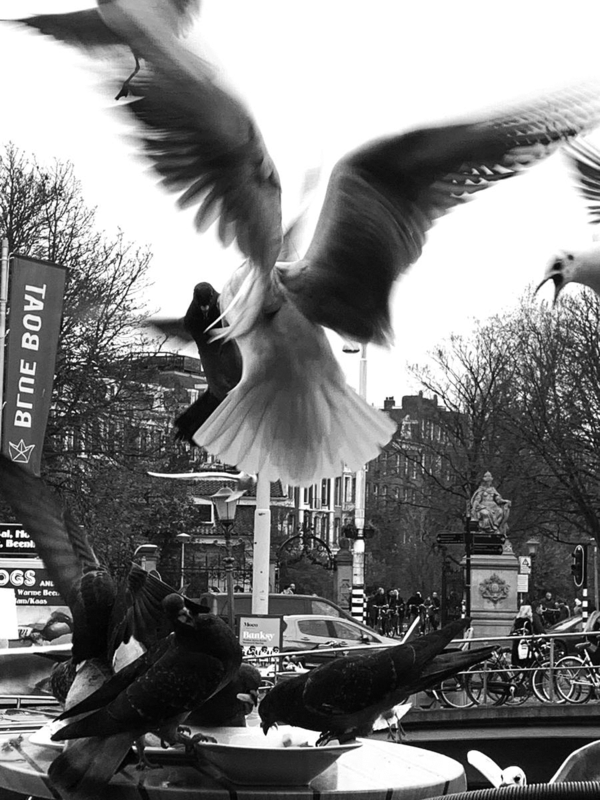Crystal Image
1/5 Introduction
We are proverbially good at tracing the primary or predicative properties such as lengths, heights and depths. Take a ruler, take an object and juxtapose them. What we need to learn is how to map relational properties. An example of such an impredicative property is the Occlusion Edge (OE) where the conditions and the conditioned are determined at one and the same time. Occlusion is expressed by one’s relation with another object (like a primary property) and actualised in one’s relation with another object (unlike a primary property). This puzzle has continued to elude us across three centuries. Primary and relational properties are two different yet complementary concepts sustaining two different yet complementary causalities.
Gibson considered OE as his most radical discovery. It plays a key role in articulating his theses on the direct perception of the environment and the perceptional persistence. If the concept is fully grasped, then Gibson’s more heralded concept of Affordance becomes less opaque. Famously, ecological perception takes relations to be as real as objects (relata). The realism referred to is the pragmatic realism closely allied to William James’s radical empiricism and Gilles Deleuze’s transcendental empiricism. Furthermore, relations (as higher order facts) are not only real, they can also be really perceived. It is a reality that is subject to scrutiny, i.e. indefinite differentiation. It unfolds in experience, but does not sit behind experience.
2/5 Assignment
James gave us the ‘problem’ and Gibson may be said to offer one possible ‘solution’: We perceive OE as the locus of transformation. Better still, we perceive it as the very transformation because the boundary between the actual and the virtual is porous. Therefore, our proposal is to engage the participants in OE mapping:
a) Make groups of 5;
b) Use smart phones to take photos;
c) Take no more than 3 photos to capture the transformation (out-of-field);
d) The series is to be converted into a looped GIF <http://gifmaker.me/>;
e) Present your GIF: Title, Caption, Authors (prescribed format as enabling constraint).
The purpose is to attune the participants to the capacities of the intensive spatium beyond the mere extensive space properties. The exercise will comprise a cartography of the ‘thick present’ replete with tendencies that are probed, discovered and scrutinised in movement, as an entanglement of proprio- and per-ception (prehension). The ultimate goal is to promote relational ontology and OE is the perfect example that defies the law of excluded middle, being neither subjective nor objective. The task is simple (limited) yet profound (in terms of philosophical implications). If we succeed in proving that relations can be directly perceived (via OE), we will map an affect or an immanent way of accounting for the real by way of producing, recording and consuming vectorial signs (Spinozism).
3/5 Example
For example, take three static images (Carello and Turvey, The Ecological Approach to Perception) of a frame within a frame defined not by outlines but by two superimposed textured surfaces (patterned, as they usually are in the environment). Let us now imagine that the surfaces start looming (as a result of forward locomotion), as revealed by the continuous transformation of the pattern (self-induced optical flow) within and without the inner frame:
a) If the rate of change of the inner and outer patterns is the same, the frames are flush (co-planear);
b) If the rate of change of the inner pattern is faster, it is a protruding obstacle (in front);
c) If the rate of change of the inner pattern is slower, it is a recessed opening (behind) which affords ‘walk-through-ability’.
Perception is conceived of as an activity. What is perceived cannot be thought of as analogous to a static image or form (fallacy of retinalism). Though perspectives change, it is the invariants over time which determine perception. Gibson points out that images in that sense are not even necessary for thought, or for perception for that matter. This fact is clearly demonstrated by the perception of occlusion, where there is awareness of something in the environment yet there is no qualitative content of ‘being occluded’.
Frames or sections are not coordinates; they belong to compounds of sensations whose faces, whose interfaces, they constitute. But however extendable the system may be, it still needs a vast plane of composition that carries out a kind of deframing following lines of flight that pass through the territory only in order to open it onto the universe [...] (Deleuze and Guattari, WiP?: 187).
In Deleuze’s sense, OE is a singular concept (not universal) because it is related to variables that determine its mutations, a multiplicity (M). Accordingly, OE is our royal road to M. To our mind, if one manages to produce M via an ‘anomalous’ GIF with a single frame, the result will be a ‘crystal image’, defined as the hinge between the implicit and explicit order. In other words, one expresses the infinite in the finite, a reference to that which is ‘neither seen nor understood, but is nevertheless perfectly present’ (Deleuze, C1:16).
4/5 Sources
Deleuze, Gilles, and Felix Guattari: Anti-Oedipus: Capitalism and Schizophrenia, trans. by Robert Hurley, Mark Seem, Helen R. Lane (Minneapolis: University of Minnesota Press [1972] 1983).
Deleuze, Gilles: ‘Spinoza and the Three “Ethics”’ in Essays Critical and Clinical, trans. Daniel W. Smith and Michael A. Greco (Minneapolis: University of Minnesota, [1993] 1997), pp. 138-151.
Deleuze, Gilles: Cinema 1; The Movement-Image, trans. by Hugh Tomlinson and Barbara Habberjam (London: The Athlone Press, (1997).
Deleuze, Gilles: Difference and Repetition, trans. by Paul Patton (New York: Columbia University Press, [1968] 1994).
Deleuze, Gilles: Nietzsche and Philosophy, trans. by Hugh Tomlinson (New York: Columbia University Press, [1962] 1983).
Gibson J., James: ‘On the new idea of persistence and change and the old ideas that it drives out’ in Reasons for realism: Selected essays of James J. Gibson, ed. by R. Reed & R. Jones (Hillsdale, NJ: Lawrence Erlbaum Associates [1975] 1982), pp. 393 – 396.
Gibson J., James: ‘The Discovery of the Occluding Edge and Its Implications for Perception’ in The Ecological Approach to Visual Perception (New York and London: Taylor & Francis, [1986] 2015), pp. 180-192 (+72-78).
Gibson J., James: ‘The problem of temporal order in stimulation and perception’, Journal of Psychology, 62 (1966a), pp. 141 – 149.
Gibson J., James: The senses considered as perceptual systems (Boston, MA: Houghton Mifflin, 1966b).
Gibson, Eleonor J.: ‘Has psychology a future?’, Psychological Science, 5 (1994), pp. 69–76.
Kwinter, Sanford: ‘Neuroecology: Notes Toward a Synthesis in The Psychopathologies of Cognitive Capitalism: Part Two, ed. by Warren Neidich (Berlin: Archive Books, 2014), pp. 313-333.
Meillassoux, Quentin: ‘Subtraction and Contraction: Deleuze, Immanence, and Matter and Memory‘ in Collapse 3, ed. Robin Mackay (Falmouth: Urbanomic, 2007), pp. 63-107.
Peirce, Charles S.: ‘Abduction and induction’ in Philosophical writings of Peirce, ed. by J. Buchler (New York, NY: Dover [1903] 1955), pp. 302- 305.
Radman, Andrej and Deborah Hauptmann, eds.: Asignifying Semiotics: Or How to Paint Pink on Pink, Footprint Vol. 8/1 No. 14 (Delft: Architecture Theory Chair in partnership with Stichting Footprint and Techne Press, 2014) <https://doi.org/10.7480/footprint.8.1>.
Shaviro, Steven: Universe of Things: On Speculative Realism (Minneapolis: University of Minnesota Press, 2014).
Stepp, Nigel and Michael T. Turvey: ‘The Muddle of Anticipation’, Ecological Psychology, 27 (2015), pp. 103–126.
5/5 Results (Selection)
The Corridor Paradox
The Gif we here present is about perception of space, that relates to particular points of view. Indeed, one single door can appear in an infinite different perspectives, changing the way you can understand its context. This way, the corridor of the library is appearing as a glitch in time and space. Referring to the movie scene in the Kremlin of Mission Impossible: Ghost Protocol, this document asks the question of how one can have several points of view of one same space all at once.
Authors:
Cigdem Cetinayak, Raven van Der Steen, Imkeliene Boersma, Hibbe Amema,
Ugo Azoulay
Five
Three pictures, five dots. What faces of the dice do you see? Everyone sees different faces.
The pictures remain the same but one’s perception of them can change over time.
To see the actual object, not the subject, blink.
Authors:
Alexander Witkamp, Gerjan Agterhuis, Jorn Huijbers, Gerwin van den Boogaart, Coen Gordebeke, Lûte Biesheuvel
Space-Time Compression
In architecture, the window is never experienced as just an object; it rather plays with one’s awareness of inside and outside, at the same time dividing and connecting these two worlds. This perception is achieved by the one sense that is most used in architecture: sight.
Authors:
Bruna Guahiba Avena, Juliette Brouwer, Tess Tegelberg
Stairs
Our perception of the physical environment is influenced by the line from the object to the observer's eye (the line of sight). From different perspective we gain different information, as property of object changes between extrinsic 2D and intrinsic 3D with transformation of the line of sight.
Authors:
Gongbu Han, Qiaoyun Lu, W.C. Ip, Sharon, Yuhang Shi
Floating Apple
Our transformation plays on relational aspects of space by misplacing the usual conditions of space and tricking our mind into reading standard relationalities into an un-standardized situation. Because the frame (ground) is reverted, one has the illusion that the apple is floating, whilst preserving the sensation it is dropping.
Authors:
Andreea Ioana Pirvan, Astidira Apti, Jasper van der Vaart, Jesslyn Humardani, Nurhadi Nugraha.
Spatial Collision
Distance and masking have a significant impact on the brain’s perception of depth. The GIF depicts how the morphing of the bird’s bodies in flight makes it almost impossible to identify the space which they occupy. This leads to a heightened emotional state whereby the viewer does not know one’s position in relation to ‘bird space’ and risk colliding with it.
Authors:
Ceren Kaya, Saskia Tideman.







